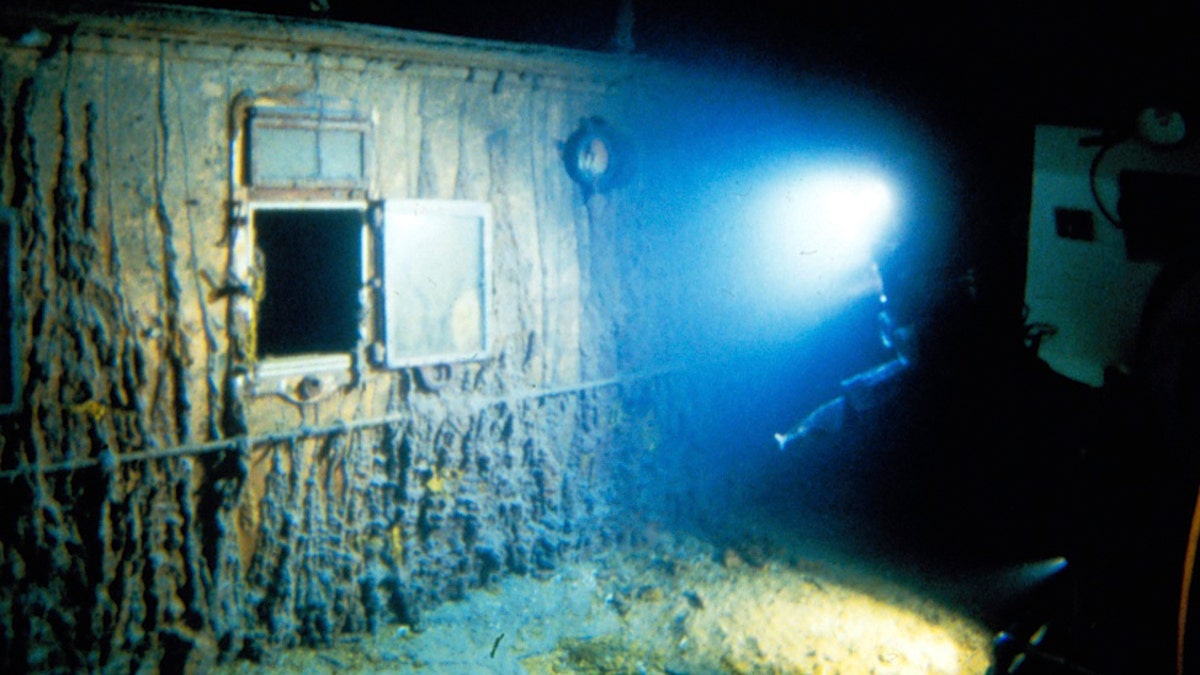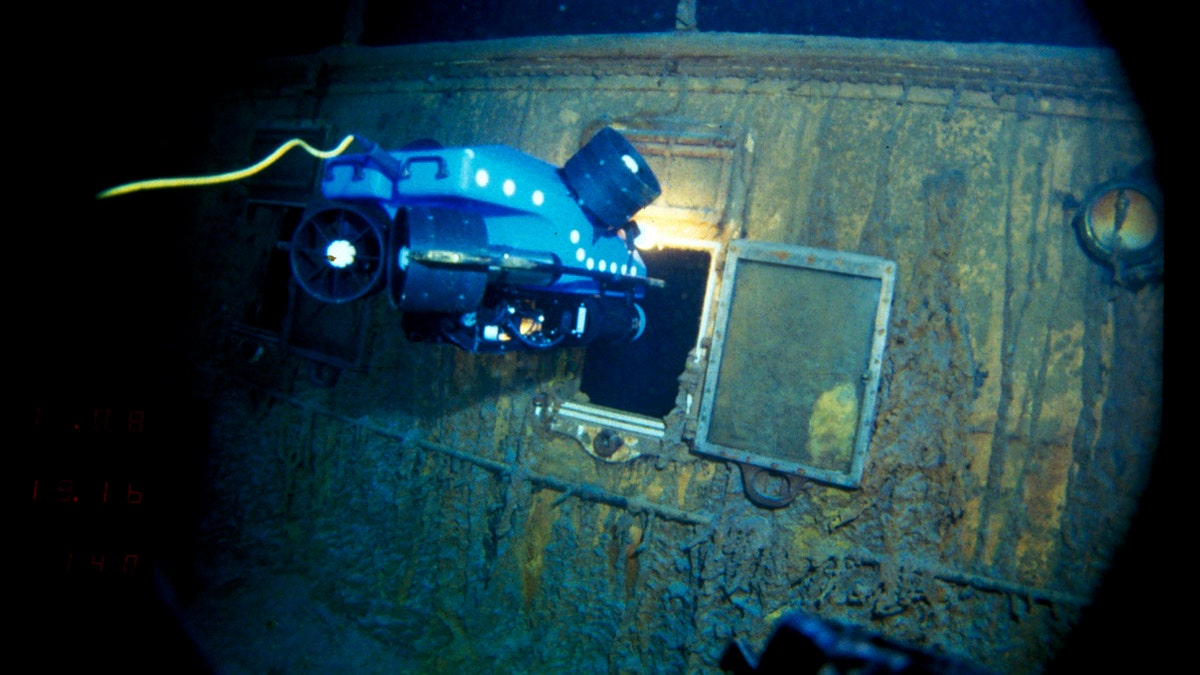'Titanic' director James Cameron explains why he had to convince Leonardo DiCaprio to appear in the movie
James Cameron told Fox News Digital Leonardo DiCaprio almost passed on playing Jack Dawson in "Titanic" because he thought the role was too easy.
Over a century after the Titanic sank in the North Atlantic Ocean, the Woods Hole Oceanographic Institution released never-before-seen footage on Wednesday of what was at one point the largest ship in the world.
The haunting video was captured in 1986, when the WHOI made 11 dives nearly 12,500 feet below the ocean's surface to explore the wreckage.
Alvin, a three-person submersible, was used to take humans down to the wreck for the first time, while a remotely operated vehicle dubbed Jason Jr. was used to go inside the sunken ship.
"Like many, I was transfixed when Alvin and Jason Jr. ventured down to and inside the wreck," James Cameron, who directed the blockbuster film, Titanic, and has explored oceans himself, said in a statement on Wednesday.
"By releasing this footage, WHOI is helping tell an important part of a story that spans generations and circles the globe."
The Titanic sank on April 15, 1912, after hitting an iceberg on its maiden voyage from England to New York City.

This image provided by the Woods Hole Oceanographic Institution shows the deck of Titanic 12,500 feet below the surface of the ocean, 400 miles off the coast of Newfoundland, Canada in 1986. (Woods Hole Oceanographic Institution via AP)
26-YEAR-OLD TITANIC MYSTERY FINALLY SOLVED BY DIVERS
Recovery efforts immediately began, but it wasn't until September 1985 that WHOI finally located the wreckage in partnership with the Institut français de recherche pour l’exploitation de la mer.
"The water is near freezing temperatures and probably the biggest challenge is the remoteness of the location, and in particular the harsh environment with regard to the pressure our equipment is exposed to," Robert Ballard, who led the 1985 discovery and captured footage of the Titanic in 1986, told the Associated Press on Wednesday.

In this image provided by the Woods Hole Oceanographic Institution, an underwater remote vehicle examines an open window of the Titanic 12,500 feet below the surface of the ocean, 400 miles off the coast of Newfoundland, Canada in 1986. (Woods Hole Oceanographic Institution via AP)
CLICK HERE TO GET THE FOX NEWS APP
The 80-minute uncut, unnarated footage was released on Wednesday evening.



